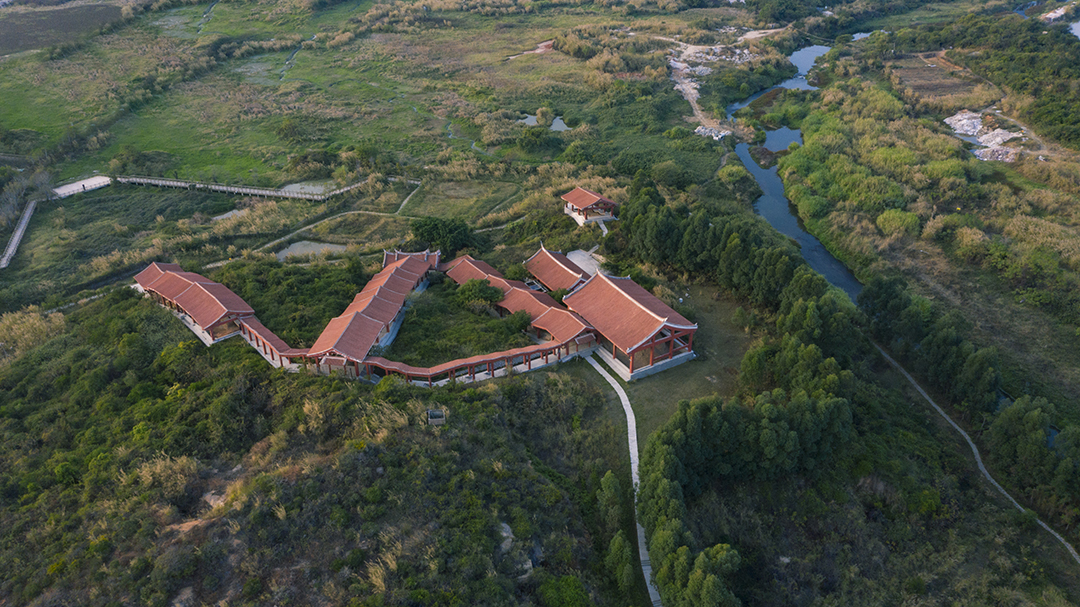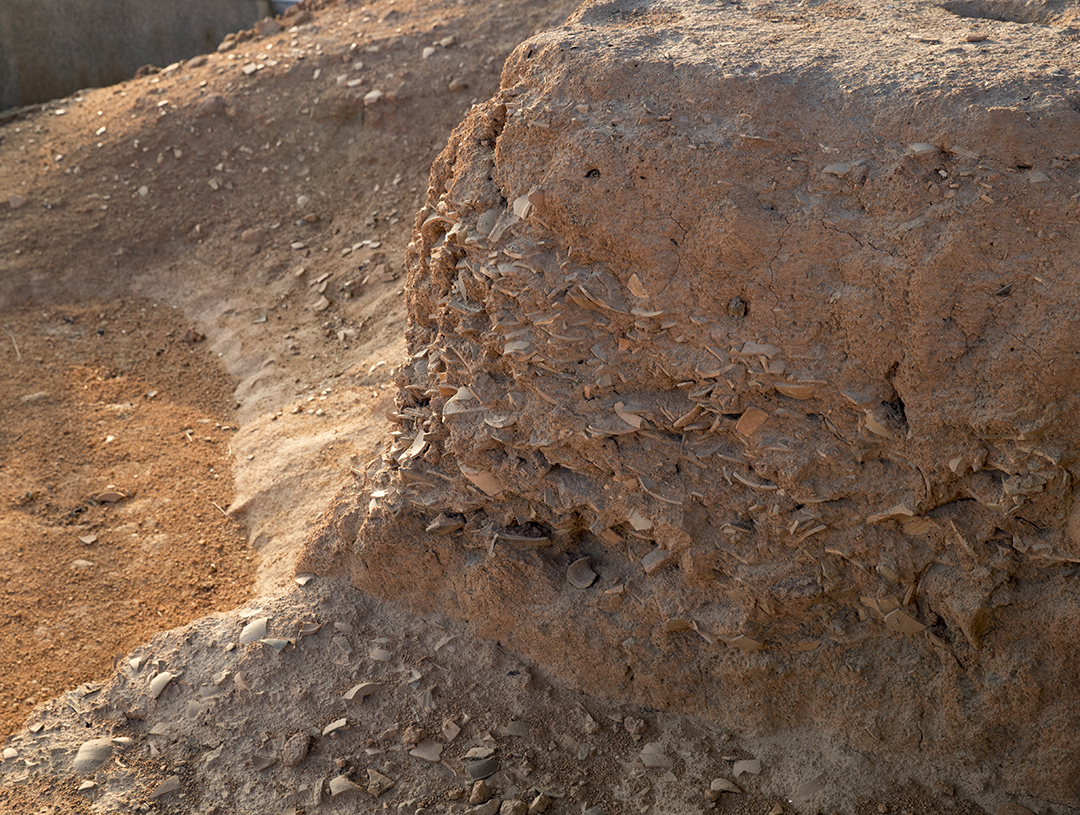
The Sites of Cizao Kilns (Jinjiaoyishan Kilns) constitute a representative component that reflects the Production Sites of export commodities of Quanzhou as an emporium of world maritime trade. They are outstanding examples of the export-porcelain kiln sites that dotted the outskirts of Quanzhou in the Song-Yuan era. They demonstrate the prominence of craft production for exportation in the industrial structure of Quanzhou as the emporium of the world in Song-Yuan China. Cizao Kilns are located in Cizao Village, 16 kilometers southwest of Quanzhou city. The area, part of the foothills of Zimao Mountain, is rich in porcelain clay. The kiln sites constitute the largest group of kiln sites on the outskirts of the city. Archaeological work has uncovered 26 kiln sites dating to various historical eras, from the Southern Song to the Qing Dynasty (6th-20th centuries). As many as 12 of these sites can be traced to the Song-Yuan era (10th-14th centuries), most being distributed on small hills along either bank of the Jiushijiu Creek, a tributary of the Jinjiang River. The Kiln Sites at Jinjiaoyi Hill were constructed in the 10th century and were in peak production from the 10th to 13th centuries. In 2002 and 2003, three archaeological excavations were conducted on the sites of the kilns, revealing the ruins of four dragon kilns (Y1-Y4) and one workshop (F1).
Most of the porcelain wares unearthed from Cizao Kilns were richly celadon or brownish-black glazed. The porcelain material was grayish and mixed with sand. The porcelain wares were mostly shaped into everyday items, such as decorative pots, jars, bottles, water storage vessels, powder boxes, bowls, plates, saucers and lanterns. Porcelain wares from Cizao Kilns have been unearthed in East Asia, Southeast Asia, South Asia and East Africa; they have been discovered in sunken shipwrecks in the South China Sea and around Huaguang Reef, as well as in shipwrecks in the waters around Sinan in South Korea, Java in Indonesia and Luzon in the Philippines. Among other samples, the kendi water bottles found in these places are prime examples of export porcelain from ancient Quanzhou.


 闽公安备35050302000734
闽公安备35050302000734
